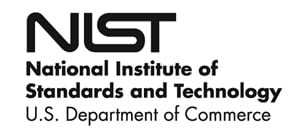RSS feed source: US Energy Information Administration
In-brief analysis
April 2, 2025
Data source: U.S. Energy Information Administration, Form EIA-851A, Domestic Uranium Production Report (Annual), and Form EIA-851Q, Domestic Uranium Production Report (Quarterly)
Note: Data were withheld from second-quarter 2020 to second-quarter 2021. P=preliminary data; W=withheld
Companies in the United States produced more uranium concentrate in 2024 than in any year since 2018 after a sustained period of higher uranium prices spurred production, according to our recently published Domestic Uranium Production Report—Quarterly. The increase largely came from two in-situ recovery facilities, one in Texas and one in Wyoming, and the resumption of uranium production at White Mesa Mill in Utah, the only operational uranium mill in the United States. Production in the fourth quarter of 2024 alone was higher than the total annual production for each of the years in 2019–23.
Energy Fuels’
Click this link to continue reading the article on the source website.


